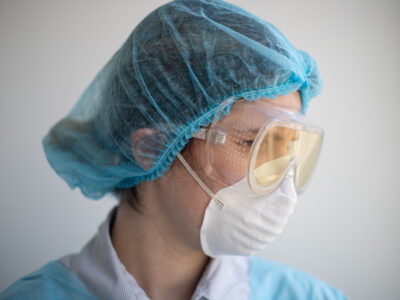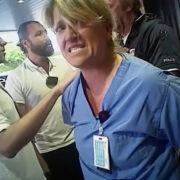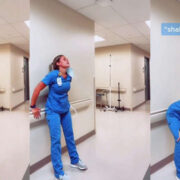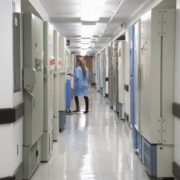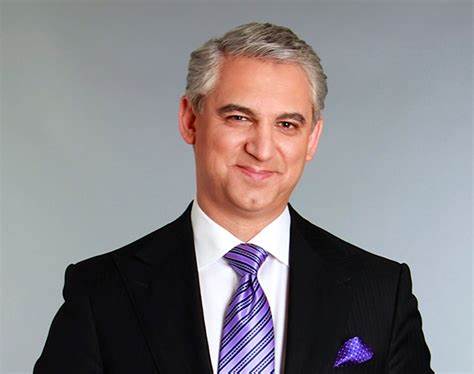
Prostate cancer is the second most common cancer in men, but according to Dr. David Samadi, successful treatment is possible. In fact, Dr. Samadi has performed over 9000 successful robotic prostate surgeries. If you or a loved one is diagnosed with prostate cancer, here is what you should know about robotic surgery.
Robotic Oncology Surgery Preparation
The preparation for robotic surgery is like other surgeries. Our office will provide preoperative instructions regarding things such as:
- Tests: You may need to undergo a chest x-ray, urinalysis, or other radiologic and laboratory tests.
- Medications: You will be instructed on medicines to avoid, continue taking, or add to your regimen.
- Diet: A clear liquid diet is essential before surgery. It is also important to stay hydrated.
Risks and Benefits of Surgery
One of the common risks is the possibility of infection. However, robotic surgery has a much lower risk due to smaller incisions. Dr. David Samadi says other complications might include the following:
- Sterility: You will not produce semen once the prostate has been removed. If you want to have children later, sperm banking might be an option.
- Lymphedema: There is a possibility of fluid buildup in your legs if the lymph nodes are removed.
- Erectile dysfunction: Nerve-sparing surgery reduces the chance of impotence.
- Urinary incontinence: The use of robotic surgery reduces the possibility of incontinence.
Robotic surgery has benefits over other types of surgery, such as open or laparoscopic. These include:
- Less pain
- Minimal blood loss
- Quicker recovery and return to normal activities
- Reduced scarring
- Shorter hospital stays
Robotic Oncology Surgery
According to Dr. David Samadi, robotic systems provide surgeons with 3D and magnified views. The instruments are less than one centimeter in diameter and allow for precise maneuverability.
In the operating room, the surgical team assists the surgeon. Once you are ready, surgery proceeds like this:
- Tiny keyholes are made in the abdomen.
- Small robotic instruments and cameras are placed in the abdomen through the holes.
- The surgeon sits at a console and maneuvers the instruments to make cuts to remove the prostate.
- The prostate is removed through one of the keyhole incisions.
Robotic Oncology Surgery Recovery
After surgery, you will receive follow-up instructions and be discharged, usually the same or the next day. A catheter remains in place until approximately one week after surgery. About 3-4 weeks after surgery, you should be able to return to work, and after 4-6 weeks, you will feel like doing everyday activities.
Dr. David Samadi Bio
Dr. David Samadi is a board-certified urologist and an expert in robotic surgery. He developed SMART (Samadi Modified Advanced Robotic Technique) robotic surgery, which re-creates an open radical prostatectomy using a robotic platform. Dr. Samadi is one of the few urologists trained in all three primary areas of surgery: open, laparoscopic and robotic. He is the Director of Men’s Health and Urologic Oncology at St. Francis Hospital in Long Island and is regarded as one of the leading prostate surgeons in the U.S., with a vast expertise in prostate cancer treatment and Robotic-Assisted Laparoscopic Prostatectomy. Dr. Samadi is also the author of The Ultimate Manual, Dr. Samadi’s Guide to Men’s Health and Wellness, available online both on Amazon and Barnes & Noble. Visit D. Samadi’s websites at prostatecancer911.com and roboticoncology.com.





